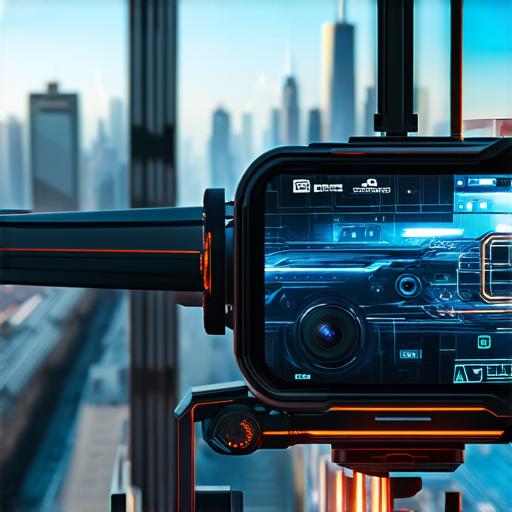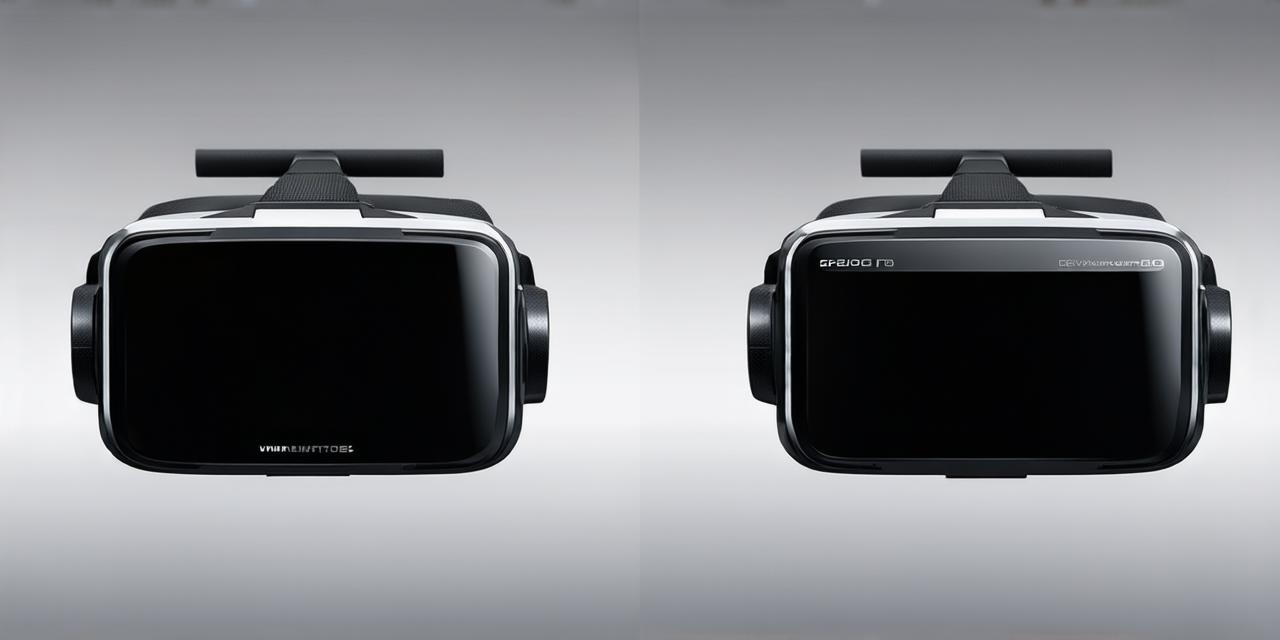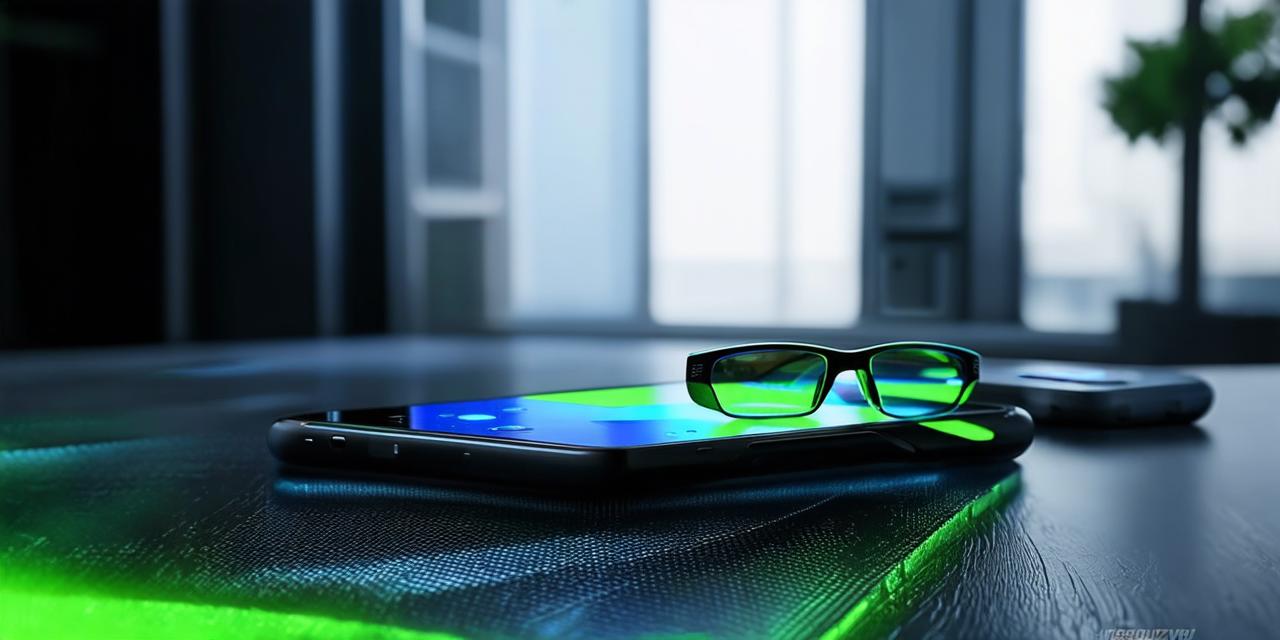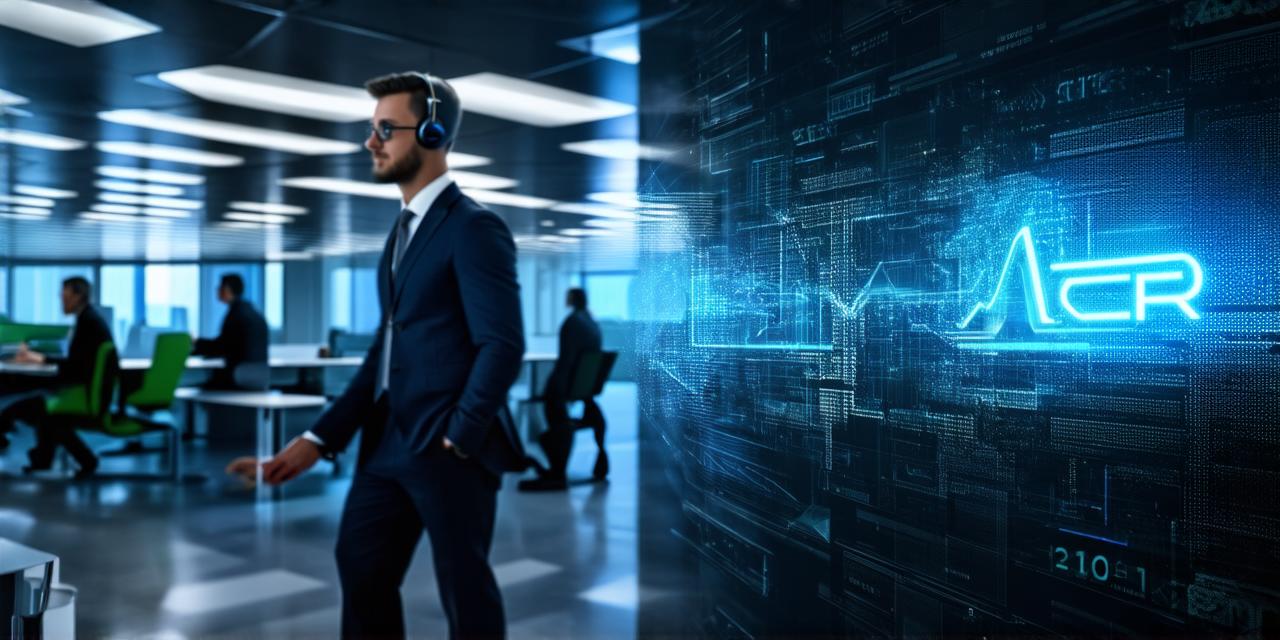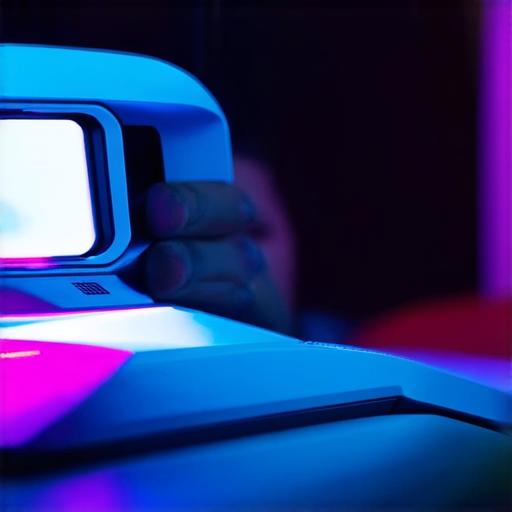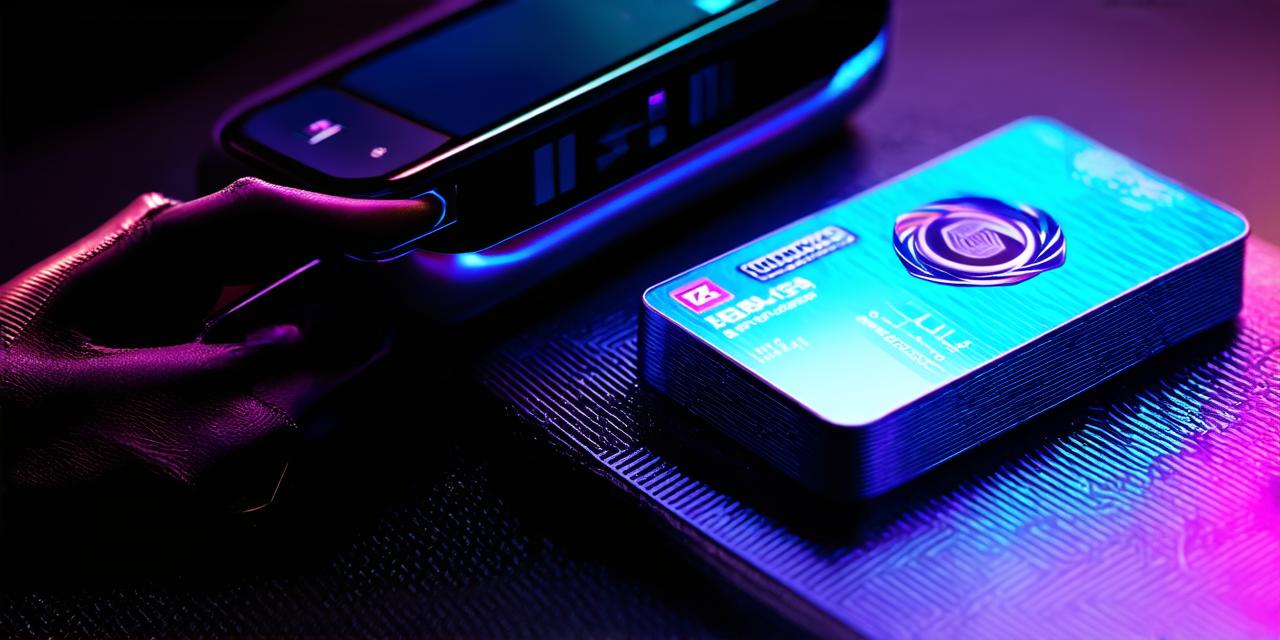Augmented Reality (AR) and Virtual Reality (VR)
Functionality
AR is a technology that overlays digital information onto the real world, allowing users to see and interact with virtual objects within their physical surroundings. AR allows users to view and manipulate digital objects in real-time while still being able to see and interact with their physical environment. This makes it ideal for use cases such as remote assistance, training and simulation, and design and visualization.
On the other hand, VR is a technology that creates a completely immersive and artificial environment that users can experience through specialized devices like headsets or gloves. VR simulates a 3D environment that users can interact with using their body movements, creating a highly realistic and engaging experience. This makes it ideal for use cases such as gaming, entertainment, and education.
User Experience
AR provides users with an interactive and dynamic user experience, allowing them to interact with digital objects in real-time while still being able to see and interact with their physical environment. AR applications typically allow users to use their smartphones or other devices as a camera and display, overlaying digital information onto the real world. This creates a seamless and natural interaction between the user and their environment, allowing them to experience the benefits of immersive technology without feeling disconnected from reality.
VR, on the other hand, provides users with a completely immersive experience that blocks out their physical environment. VR applications typically require specialized devices such as headsets or gloves, which provide a 360-degree view of a virtual environment. This creates a highly engaging and realistic experience, but it can also be disorienting and potentially dangerous for users who are not used to this type of technology.
Potential Applications
AR has a wide range of potential applications in different fields such as gaming, education, healthcare, and more. In the gaming industry, AR allows developers to create interactive and immersive games that blend real-world environments with virtual objects and characters. This creates a highly engaging and dynamic experience for players, who can interact with the game in unique ways while still being able to see and interact with their physical environment.
AR has also found applications in education, where it allows students to visualize complex concepts and ideas in a more interactive and immersive way. For example, AR can be used to create 3D models of scientific objects or historical artifacts, allowing students to explore them in depth and gain a better understanding of their significance.
In the healthcare industry, AR has been used for remote assistance and training simulations, allowing doctors and nurses to interact with virtual patients in a safe and controlled environment. This allows them to practice their skills and learn from each other, without putting real patients at risk.
Challenges and Limitations
One of the main challenges of AR and VR is their cost, as specialized devices like headsets and gloves can be expensive to purchase and maintain. This can limit the adoption of these technologies, particularly in industries such as healthcare and education where budgets may be tight.
Another challenge of AR and VR is their potential for disorientation and motion sickness, particularly in users who are not used to this type of technology. This can create a negative user experience and potentially cause physical harm, especially in applications where safety is paramount such as healthcare and remote assistance.
Finally, the lack of standardization in AR and VR technology can also be a challenge. Different devices and platforms may have different capabilities and limitations, making it difficult for developers to create applications that are compatible with multiple systems and devices.
Benefits and Advantages
Despite the challenges and limitations of AR and VR, there are also many benefits and advantages to these technologies. In terms of functionality, AR provides a highly interactive and dynamic user experience, while VR offers a completely immersive and artificial environment that can be highly engaging and realistic.
Both AR and VR have the potential to revolutionize industries such as gaming, entertainment, education, and healthcare by providing users with new ways to interact with technology and gain a better understanding of the world around them. By allowing users to experience digital objects in real-time or in a fully artificial environment, these technologies can help to accelerate learning, improve decision-making, and enhance overall well-being.
Summary
In conclusion, AR and VR are two of the most exciting and innovative forms of immersive technology available today. While they share some similarities in terms of their functionality and potential applications, there are also key differences between these technologies that set them apart.
As these technologies continue to evolve and improve, we can expect to see even more exciting and innovative uses for AR and VR in different fields. Whether you are a developer, educator, healthcare provider, or simply someone who loves technology, there is no doubt that AR and VR offer exciting new opportunities for exploration, learning, and growth.
FAQs
Here are some frequently asked questions about AR and VR:
- What is the primary difference between augmented reality and virtual reality?
The primary difference between augmented reality and virtual reality is that AR overlays digital information onto the real world, while VR creates a completely immersive and artificial environment.
- What are some potential applications of AR in different fields?
Some potential applications of AR include gaming, education, healthcare, and more. In the gaming industry, AR allows developers to create interactive and immersive games that blend real-world environments with virtual objects and characters. In education, AR can be used to create 3D models of scientific objects or historical artifacts, allowing students to explore them in depth and gain a better understanding of their significance.
- What are some potential applications of VR in different fields?
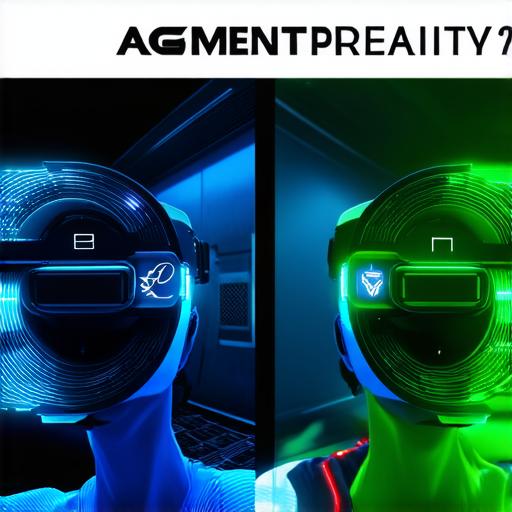
Some potential applications of VR include gaming, entertainment, education, and more. In the gaming industry, VR allows developers to create highly immersive games that transport players into a fully artificial world. In education, VR has been used to create virtual field trips and simulations, allowing students to explore different environments and learn about new cultures and historical events in a highly immersive way.
- What are some challenges of AR and VR?
Some challenges of AR and VR include their cost, potential for disorientation and motion sickness, and lack of standardization in technology. These challenges can limit the adoption of these technologies and create negative user experiences, particularly in applications where safety is paramount.



